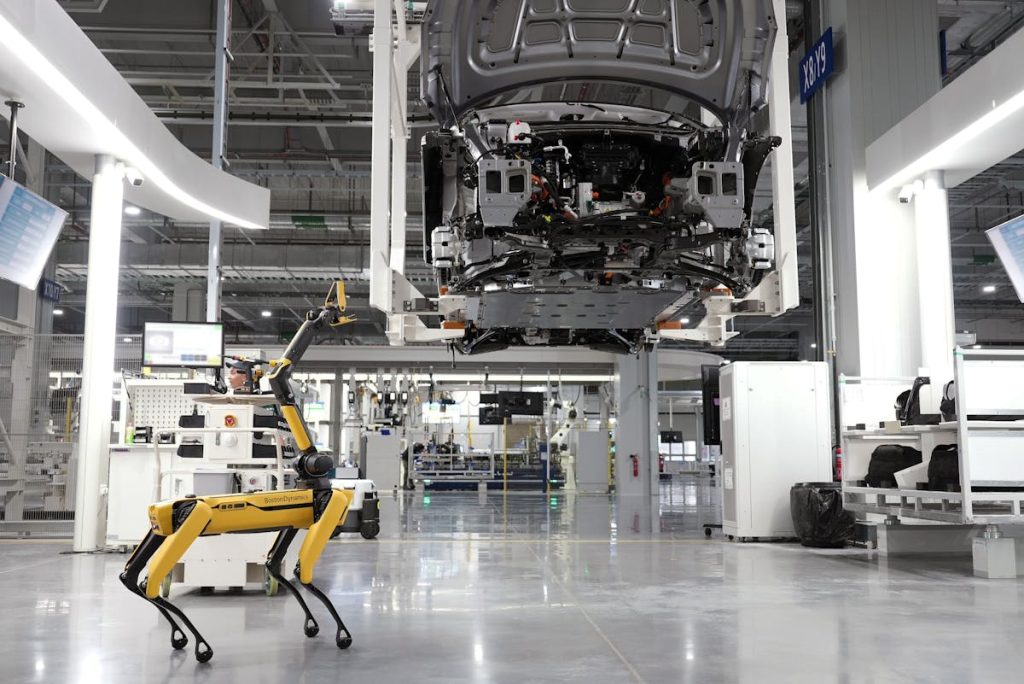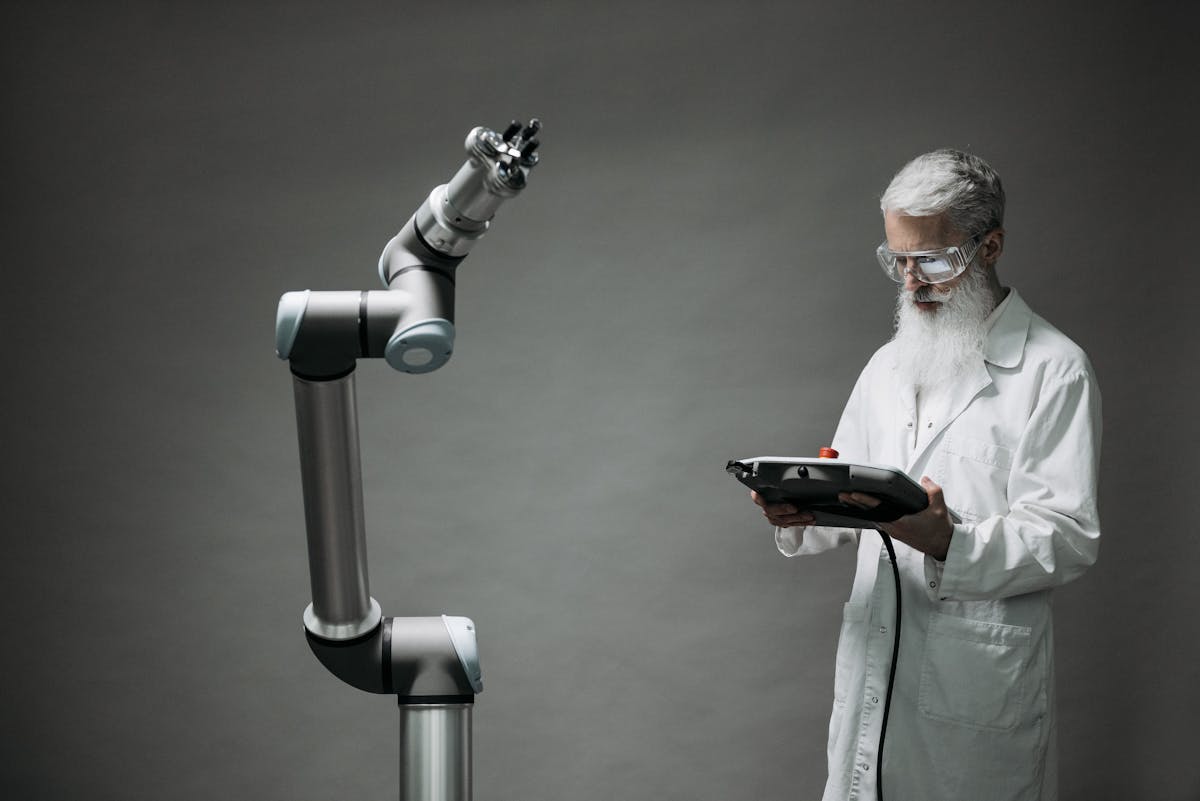How Swarm Robotics is Changing Automation Right Now!
Swarm robotics is an advanced field of robotics that draws inspiration from the collective behavior of natural swarms, such as ants, bees, and birds. It involves the coordinated operation of multiple autonomous robots that function collectively to achieve a common objective. Unlike traditional robotic systems that rely on centralized control, swarm robotics operates on decentralized principles, enhancing scalability, flexibility, and robustness.
Swarm robotics leverages the principles of self-organization, collaboration, and local communication to accomplish complex tasks that would be infeasible for a single robot. This innovative field has gained significant traction in recent years due to its potential applications in areas such as healthcare, disaster response, military operations, and industrial automation.
Types of Swarm Robotics
Swarm robotics can be categorized based on their operational framework and functional capabilities. The following are the primary classifications:
Homogeneous Swarm Robotics
In a homogeneous swarm robotic system, all robots within the swarm are identical in terms of hardware, software, and functional capabilities. These robots follow the same set of rules and respond similarly to external stimuli. This uniformity simplifies swarm coordination and enables scalability.
Example: Autonomous drones used for agricultural monitoring, where each drone performs the same task of scanning crops and identifying health patterns.
Heterogeneous Swarm Robotics
Heterogeneous swarm robotic systems consist of robots with varying hardware configurations, capabilities, and functional roles. These swarms rely on specialized units that work collaboratively to complete complex tasks. Coordination between different types of robots enables adaptability and efficiency in executing multifaceted operations.
Example: Search-and-rescue missions involving a combination of aerial drones for aerial reconnaissance and ground robots for physical assistance and debris removal.
Bio-Inspired Swarm Robotics
Bio-inspired swarm robotics mimics the behaviors observed in biological swarms, such as ant foraging, flocking, and herding. These systems leverage nature-inspired algorithms to enhance autonomous coordination and adaptability in dynamic environments.
Example: Swarm robotic fish designed for environmental monitoring in oceans, mimicking the collective movement of real fish to efficiently navigate underwater ecosystems.

Modern-Day Implications and Applications of Swarm Robotics
Swarm robotics has revolutionized various industries, offering intelligent solutions to contemporary challenges. Below are some of its most impactful applications:
Disaster Management and Search-and-Rescue Operations
Swarm robotics is extensively used in disaster response scenarios, where large groups of autonomous robots can rapidly assess affected areas, locate survivors, and provide assistance.
Example: The use of drone swarms to map earthquake-affected zones, detect survivors under debris, and coordinate rescue efforts efficiently.
Industrial Automation and Manufacturing
Swarm robotics enhances efficiency in manufacturing and logistics by streamlining supply chain operations, reducing human intervention, and optimizing productivity.
Example: Swarm robots in warehouses for automated inventory management, where they collaboratively sort, transport, and organize products without centralized control.
Environmental Monitoring and Conservation
Swarm robots are deployed for environmental studies, pollution tracking, and ecosystem conservation. Their ability to operate autonomously in harsh terrains makes them ideal for ecological research and sustainability efforts.
Example: Swarm robotic systems for monitoring coral reefs, analyzing water pollution levels, and tracking changes in marine biodiversity.
Healthcare and Medical Assistance
The medical field has witnessed transformative applications of swarm robotics, ranging from drug delivery systems to precision surgeries.
Example: Microbot swarms designed for targeted drug delivery, where tiny robots navigate through blood vessels to administer medication at precise locations in the body
Military and Defense Applications
Swarm robotics is widely utilized in modern military strategies, offering enhanced surveillance, reconnaissance, and combat capabilities while reducing risks to human personnel.
Example: Deployment of autonomous swarm drones for border surveillance, tactical reconnaissance, and threat neutralization in high-risk zones.
Conclusion
Swarm robotics is a groundbreaking technological paradigm that promises to revolutionize various industries by leveraging decentralized coordination, collective intelligence, and self-organizing principles. As research and development continue to advance, swarm robotics is poised to play a pivotal role in disaster response, industrial automation, environmental conservation, healthcare, and defense. The future of intelligent automation lies in the seamless collaboration of autonomous robotic swarms, unlocking unprecedented possibilities for efficiency, adaptability, and innovation.








